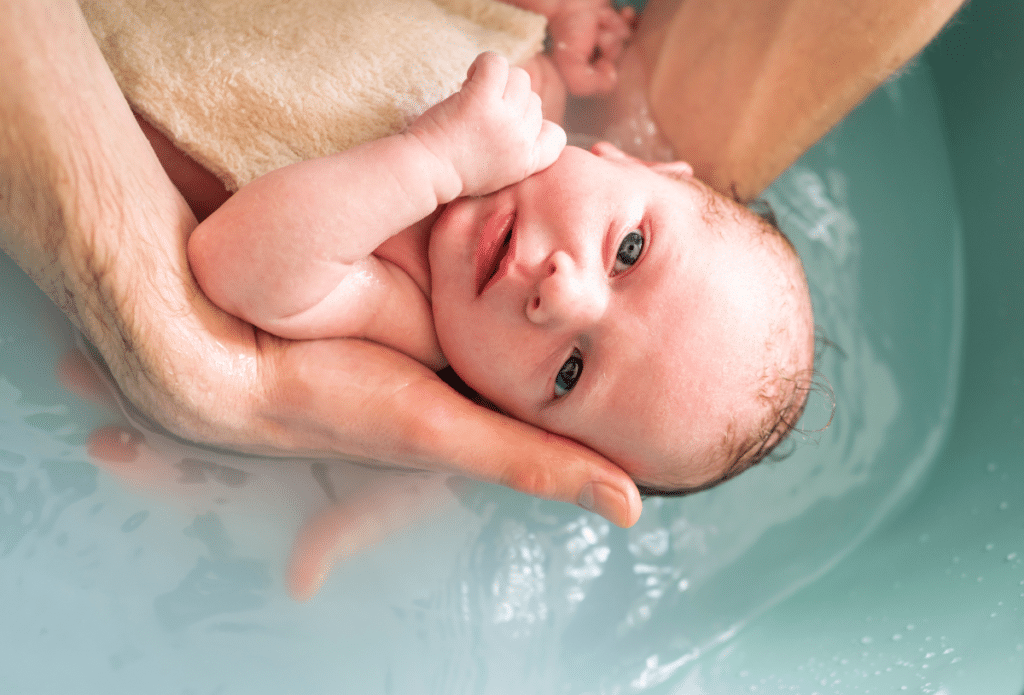Toilet training is a significant developmental step for both you and your child. It implies being free from changing diapers and new concerns about accidents for you, and It represents a stride toward your child’s eventual independence and self-sufficiency. Before starting toilet training, it’s critical to understand whether the child is prepared, how to support the child, and what to do if difficulties arise.
Is your child ready?
Developmental skills — The age when a child is ready to learn to use the toilet depends upon several factors and can vary from one child to another. Most children can stay dry during the day from two to four years old. Staying dry at night may happen simultaneously or may take months or years.
Specialists agree that a child should be capable of the following before beginning toilet training:
- Walk to the toilet.
- Sit up on the toilet.
- Remain dry for several hours or wake up dry after a nap.
- Pull clothes up and down.
- Follow simple instructions.
- Communicate the need to use the restroom.
- Demonstrate independence by saying “no.”
- Express interest in toilet training and imitate adults and older children.
How long will toilet training take?
The typical time it takes a child to master daytime continence is six months, and most kids either master bowel control first or concurrently with daytime continence. It could take months or years longer to stay dry at night. Typically, females finish potty training before males do. Toilet training usually takes longer for first children than for subsequent ones.
What are the steps of toilet training?
- Talking, sitting, wiping, getting dressed, flushing, and hand washing are all steps in the toilet training process. Each time, going through these motions helps to reinforce good toileting techniques.
- Choose the terminology you’ll use to describe toileting and attempt to stick to it; some choices include “pee,” “poop,” and “potty.” Remember that the child will converse using these words with both adults and kids.
- Change the child’s diaper frequently before you start training so they will come to prefer dry diapers.
- Purchase a toilet chair. A potty chair is initially simpler to use than an over-the-toilet seat. If your property has multiple levels, consider purchasing more than one chair. Let the kid personalize and embellish the potty chair.
- Encourage the kid to use the toilet chair while still wearing their clothes to read or play with toys.
- Use books or movies to discuss potty training with the child.
- Make frequent trips to the toilet chair, especially after meals and when a kid first wakes up in the morning when they are more likely to produce a bowel movement.
- Encourage the child to use the toilet chair without a diaper once they are comfortable using it while fully dressed. To help the child comprehend the chair’s function, put a wet or soiled diaper in it.
- If the child has an accident or refuses to use the toilet, do not discipline, threaten, or speak rudely to them.
- After the child has used the potty chair, switch to training pants (washable, thick underwear) or cotton underwear. Do not hurriedly change their diapers. If the child cannot maintain dryness, let them switch back to diapers. A star or sticker chart can help promote the usage of the toilet.
- A step stool-equipped over-the-toilet seat can be used once the child has mastered the potty chair. The child might push against a stool when they press down to move their bowels. Additionally, the stool makes the child feel more secure while using an adult-sized toilet.
An insight from mamahood
To conclude, remain patient during the potty training phase, keep a positive and loving attitude, and avoid getting angry when accidents happen.








